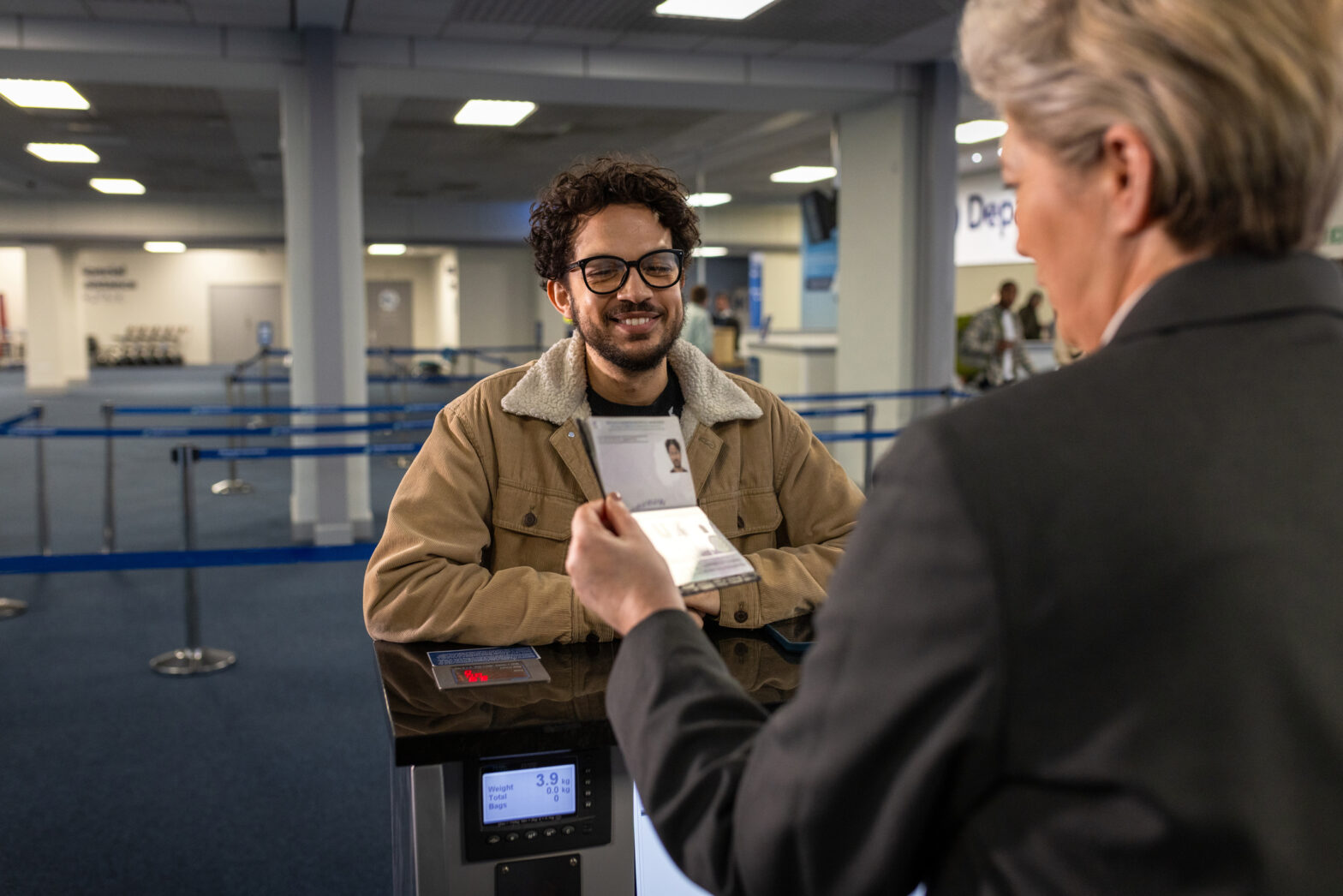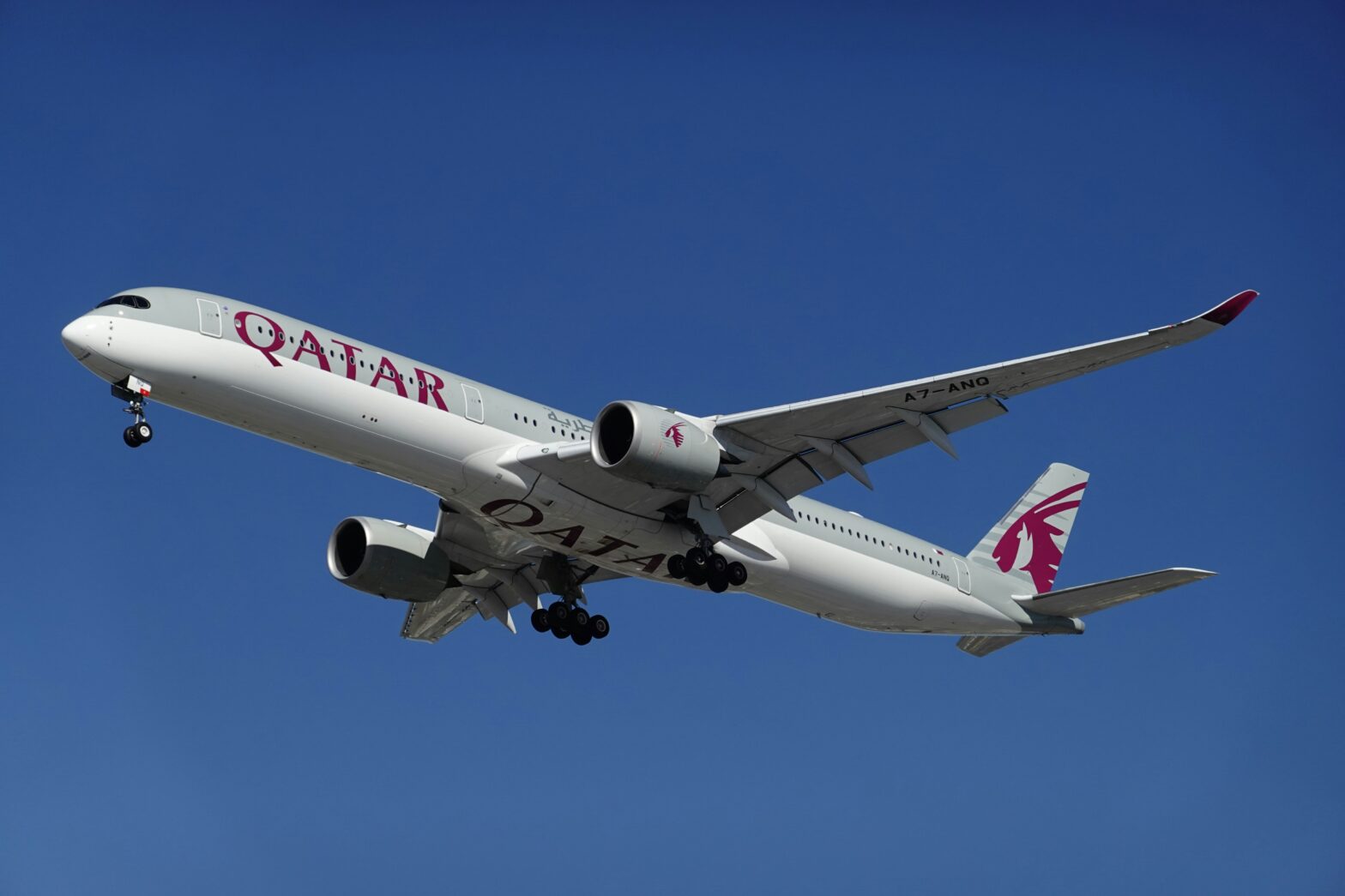The long-awaited Real ID deadline finally arrives on May 7, 2025, after nearly two decades of extensions since Congress first passed the Real ID Act in 2005. Starting Wednesday, millions of Americans without the star-marked identification will face challenges when attempting to board domestic flights or enter federal facilities. The Department of Homeland Security, implementing recommendations from the 9/11 Commission, will begin enforcing these stricter identification standards that require specific documentation proving identity, residency, and legal status.
Transportation Security Administration officials have warned that travelers arriving at airport checkpoints without compliant identification will experience additional screening procedures and potential delays. They might even be denied entry altogether if their identity cannot be verified through alternative means. This enforcement marks a major shift in how Americans travel domestically.
What Makes An ID “Real”?
Real ID-compliant identification cards can be easily recognized by a star marking on the upper portion of the card. Depending on your state, this might appear as a gold star, black star, gold circle with white star cutout, or other state-specific variations like California’s gold grizzly bear with a white star cutout. The special designation indicates your identification meets federal security standards established by the Department of Homeland Security.
Not having a Real ID doesn’t completely ground your travel plans. Acceptable alternatives include U.S. passports, passport cards, military IDs, and Enhanced Driver’s Licenses issued by states like Michigan, Minnesota, New York, Vermont, and Washington. These Enhanced Driver’s Licenses already meet or exceed Real ID requirements, giving residents of these states an advantage.
Prepare for complications if you arrive at TSA without compliant identification after May 7.
TSA officers may attempt to verify your identity by collecting information about your name and address. This identity verification process leads to additional screening and significant delays.
Even worse, if your identity cannot be confirmed or you decline to participate in this verification process, TSA will deny you entry to the security checkpoint — meaning you won’t be boarding your flight.
Is May 7 Your Last Chance?
Despite the enforcement beginning May 7, you can still obtain a Real ID after the deadline passes. The process varies by state but typically requires visiting your local DMV with documents showing your full legal name, date of birth, social security number, two proofs of address, and confirmation of legal status. State officials recommend making an appointment rather than walking in, as DMV offices nationwide report increasing crowds as the deadline approaches.
The Real ID requirements extend beyond air travel. After May 7, accessing certain federal facilities and nuclear power plants will also require Real ID-compliant identification. Standard driver’s licenses without the star marking will no longer grant entry to these locations — a consequence that could affect not just travelers, but also government employees, contractors, and visitors to federal buildings.





